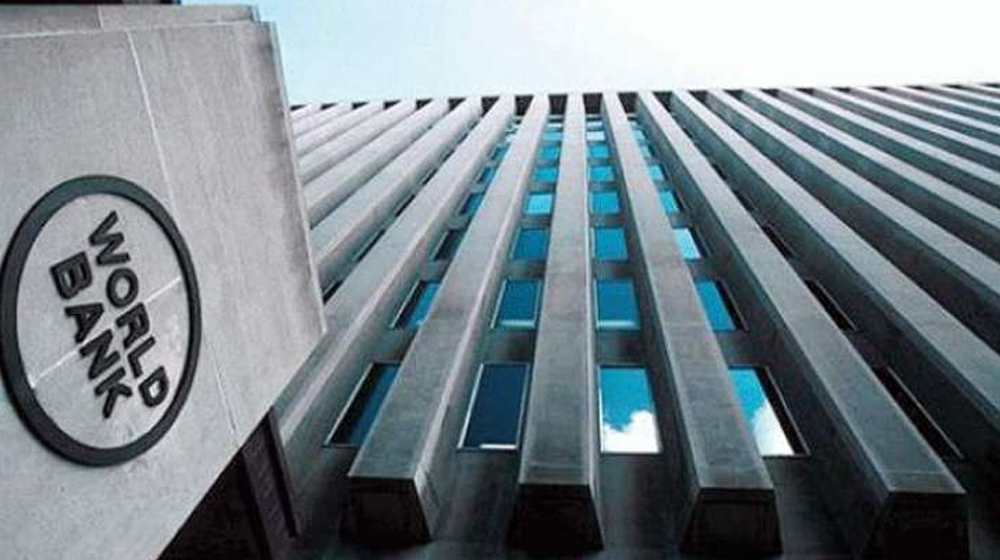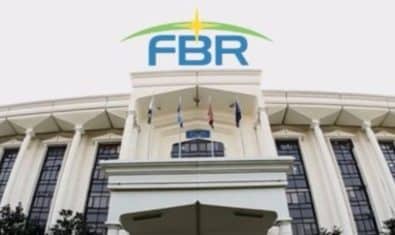The World Bank (WB) has projected nine percent growth in remittances for Pakistan totaling about $24 billion in 2020.
The World Bank in its latest report, “Migration and Development Brief 33, Phase II COVID-19 Crisis through a Migration Lens”, stated that in both Pakistan and Bangladesh, the negative impact of the COVID-19–induced global economic slowdown has been somewhat countered by the diversion of remittances from informal to formal channels due to the difficulty of carrying money by hand under travel restrictions as well as the incentives to transfer remittances.
Pakistan introduced a tax incentive on July 1, 2020, whereby withholding tax was exempted from cash withdrawals or the issuance of banking instruments/transfers from a domestic bank account. The tax incentive is capped by the remittance amounts received from abroad into that account in a year, it added.
In India, remittances are projected to fall by about nine percent in 2020, to $76 billion. In Pakistan, remittances would grow at about nine percent, totaling about $24 billion. In Bangladesh, remittances are projected to grow at about eight percent to around $20 billion. Remittances to Nepal and Sri Lanka are expected to decline by 12 percent and 9 percent, respectively, in 2020.
The coronavirus‐related global slowdown and travel restrictions will also affect migratory movements, and this is likely to keep remittances subdued even in 2021, the World Bank added. South Asia was the least‐costly region to send $200 to (at 4.98 percent) in Q3 2020. Some of the lowest‐cost corridors including those originating in the GCC countries and Singapore and the India‐Nepal corridor had costs below the SDG target of three percent.
This is probably due to high volumes, competitive markets, and the deployment of technology. But costs are well over 10 percent in the highest‐cost corridors (Pakistan to Afghanistan, Pakistan to Bangladesh, Thailand to India, South Africa to India, Japan to India) due to low volumes, little competition, and regulatory concerns (related to AML/CFT).
The report further stated that Bangladesh and Pakistan were offering tax incentives to attract remittances. Such incentives can potentially lead to more illusory than real increases in remittance inflows. Flows can shift from informal to banking channels to take advantage of the tax incentives. And for the same reason, cross‐border payments for goods, services, and investments could be reclassified as remittances.
The administrative costs of implementing a tax incentive program have to evaluate the economic benefits of additional foreign exchange inflows. Initially, the lockdowns and travel bans left many migrant workers stranded in their host countries, unable to travel back.
More recently, however, return migration has been reported in all parts of the world. Many international migrants, especially from the GCC countries, returned to countries such as India, Pakistan, and Bangladesh.
Some migrants had to be evacuated by governments. Three large recipients of remittances—Mexico ($39 billion in 2019), Pakistan ($22 billion), and Bangladesh (18 billion)—stand out as exceptions to the general pattern mentioned, and escaped a decline in remittance inflows in Q2 and seem to register increases in Q3.
In the case of Pakistan, there was a sharp increase in remittances in July, mostly from the GCC countries, particularly from Saudi Arabia.
Arguably this spike in remittances could be at least partially attributed to the “Haj effect”—Pakistani migrants remitting home the money saved for the pilgrimage to Makkah due to a sharp reduction in the number of Haj visas to contain the pandemic.
In 2019, more than 1.8 million foreigners made the Haj, whereas this year only local residents (formally 1,000) were permitted.
In addition, the government’s efforts to attract remittances and migrants’ savings through tax incentives may be working, although these are yet to be evaluated.
A closer look at data on remittances to Pakistan, disaggregated by source country, reveals that even remittances from the GCC countries—in particular, Saudi Arabia—have been either flat or declining for the past three years, perhaps reflecting the indigenization policy.
A second interesting trend is a decoupling of flows from the United States and the United Kingdom this year and a sharp increase in flows from Europe starting in Q2, perhaps reflecting the relocation of money transfer operators outside the United Kingdom after Brexit. More recently, remittance inflows from the United States declined sharply in Q3, reflecting the weak employment situation in the country.
The coronavirus crisis has affected both international and internal migration in the South Asia region. Many international migrants, especially from the GCC countries, returned to countries such as India, Pakistan, and Bangladesh. Migrant outflows from the region have also been affected adversely.
In Pakistan, the number of emigrants was only 179,487 for January–September 2020 compared to 625,203 for the year 2019. In Bangladesh, the number of emigrants was only 181,218 for January–May 2020 compared to 700,159 for the year 2019.





















